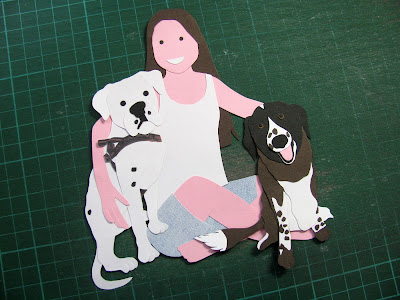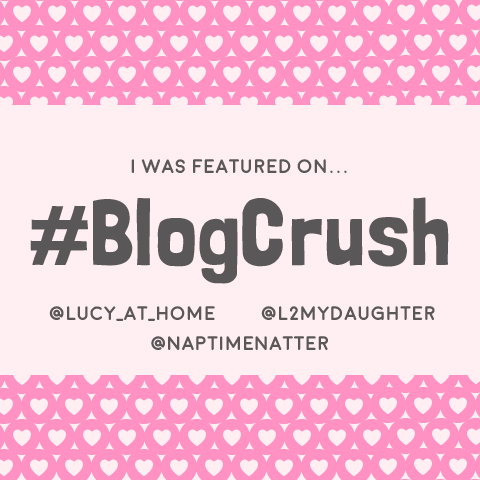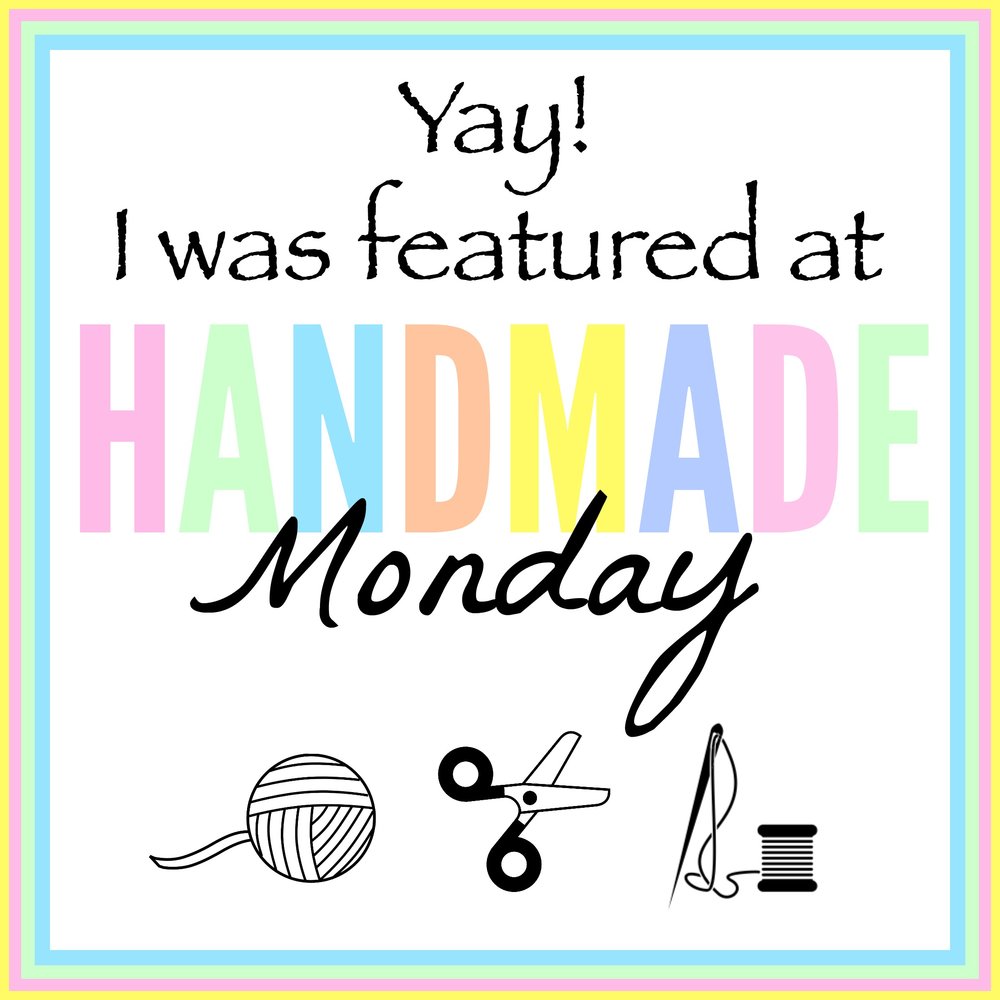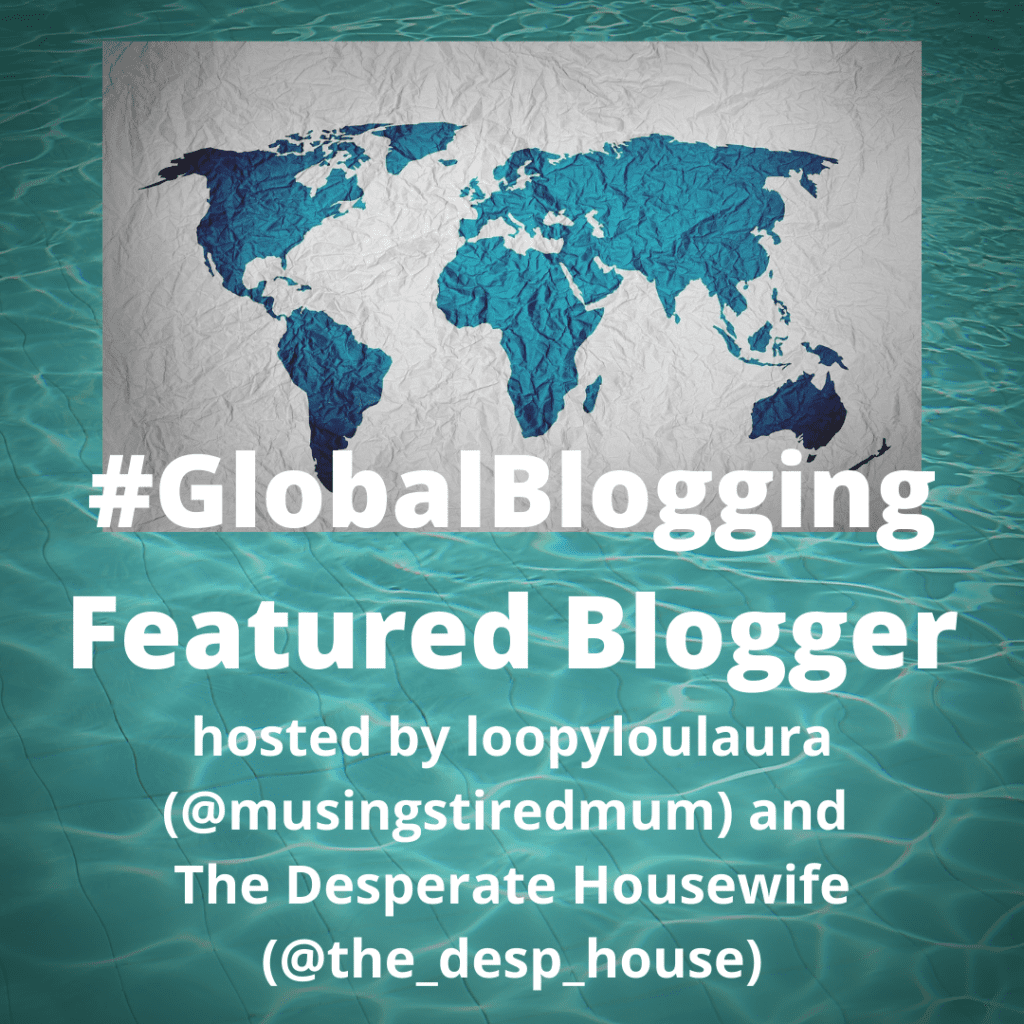The lower gallery of the museum featured projects concerned with colour as a material, exploring how it comes into being by means of both innovative and traditional technologies. The upper gallery showcased works that demonstrated how surroundings and experiences are created using colours.
The most interesting part of the exhibition for me was in the museum's peripheral gallery. Displays explored colour trends and the historical and cultural reasons for choosing a certain colour to represent a particular idea.
I learnt about the 17 different colours of berets that Israel Defence Forces (IDF) soldiers wear and the reasons the colours were chosen, above. Initially, most soldiers wore olive-green berets. Over time, however, different colours came to be identified with different military corps and brigades. For instance, the colour red was chosen for the berets worn by paratroopers, since it is identified with paratrooper units worldwide; brown is the colour of the berets worn by Golani soldiers, representing a connection to the earth and to roots; the green colour of the Nahal beret represents the brigade's affinity with agriculture and settlement building; until 2000, the artillery corps wore black berets. It was then decided to change the colour to turquoise, symbolizing the sky that the artillery passes through, and thus strengthening the soldiers' sense of pride. And what about the purple beret worn by Givati soldiers? The Hebrew word for purple, sagol, is associated with violet flowers, sigaliyot (violets) It is also related to the brigade's motto, which contains the word segula (select, chosen), sharing same root with the word sagol.
The Flag of all Flags project, above, was displayed at the entrance to the museum's upper gallery. The flag is a composition of various flat shapes, symbols and colours that forms one playful and vibrant flag - a flag of visual optimism. Recognizing how flags are often used for bad purposes, generating an "us vs. them" sentiment, this flag was created aims to unite rather than divide. It has a little bit of everything in it!
I learnt about the 17 different colours of berets that Israel Defence Forces (IDF) soldiers wear and the reasons the colours were chosen, above. Initially, most soldiers wore olive-green berets. Over time, however, different colours came to be identified with different military corps and brigades. For instance, the colour red was chosen for the berets worn by paratroopers, since it is identified with paratrooper units worldwide; brown is the colour of the berets worn by Golani soldiers, representing a connection to the earth and to roots; the green colour of the Nahal beret represents the brigade's affinity with agriculture and settlement building; until 2000, the artillery corps wore black berets. It was then decided to change the colour to turquoise, symbolizing the sky that the artillery passes through, and thus strengthening the soldiers' sense of pride. And what about the purple beret worn by Givati soldiers? The Hebrew word for purple, sagol, is associated with violet flowers, sigaliyot (violets) It is also related to the brigade's motto, which contains the word segula (select, chosen), sharing same root with the word sagol.
Another display showed pigments produced from soil samples from the Ramon Crater mixed into white clay, above, highlighting the crater's profusion of natural earth tones, which vary from intense orange to deep purple.
The team colours of the Israeli football clubs have relevance too. The colour red has been identified with Hapoel Tel Aviv since its foundation in 1926, above. The club's crest features a figure throwing an iron ball alongside the Soviet hammer and sickle, which represented the working class. The blood shed as part of the struggle for workers' rights was symbolized by the colour red as a representation of self-sacrifice, courage, rebellion and freedom. By contrast, the yellow colour of the Maccabi Tel Aviv kit came to be associated with the team only in 1942, when it was chosen as a means of identification with the European Jews persecuted by the Nazis and forced to wear the Yellow Star.
































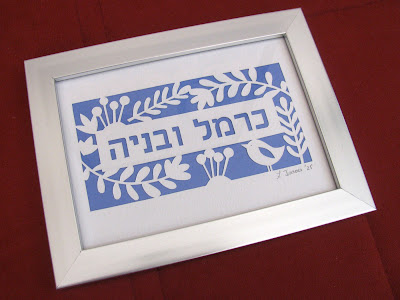


.png)






